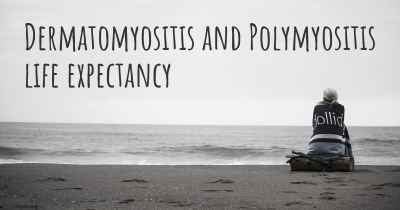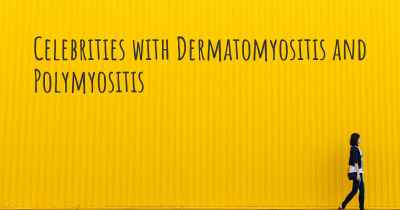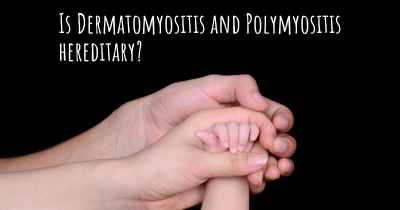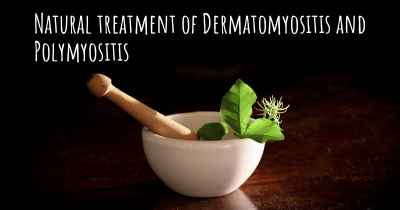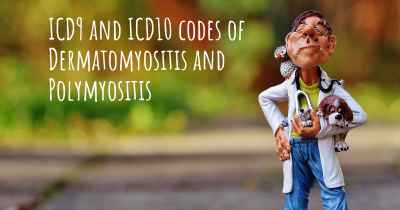Which advice would you give to someone who has just been diagnosed with Dermatomyositis and Polymyositis?
See some advice from people with experience in Dermatomyositis and Polymyositis to people who have just been diagnosed with Dermatomyositis and Polymyositis
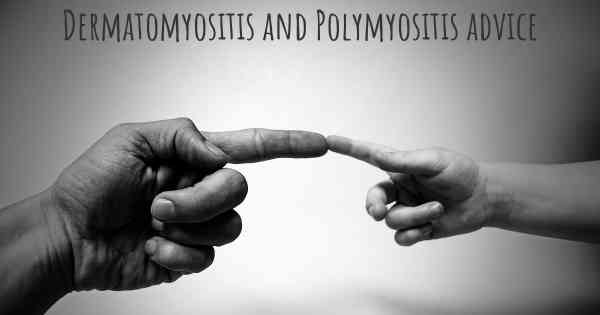
Advice for Someone Diagnosed with Dermatomyositis and Polymyositis
Receiving a diagnosis of dermatomyositis and polymyositis can be overwhelming and bring about a range of emotions. These are rare autoimmune diseases that affect the muscles and skin, causing muscle weakness, skin rashes, and other symptoms. While it is important to consult with healthcare professionals for personalized guidance, here are some general advice and recommendations to help you navigate this challenging journey:
1. Educate Yourself
Take the time to learn about dermatomyositis and polymyositis. Understanding the conditions, their causes, symptoms, and treatment options will empower you to make informed decisions about your health. Reliable sources such as medical websites, books, and support groups can provide valuable information.
2. Build a Support Network
Reach out to family, friends, and support groups to create a strong support network. Sharing your experiences, concerns, and triumphs with others who have faced similar challenges can provide emotional support and practical advice. Online communities and local support groups can be excellent resources for connecting with others.
3. Establish Open Communication with Healthcare Providers
Develop a trusting and open relationship with your healthcare team. Regularly communicate your symptoms, concerns, and treatment preferences. Ask questions and seek clarification to ensure you fully understand your condition and the recommended treatment plan. Remember, you are an active participant in your healthcare journey.
4. Follow Your Treatment Plan
Adhere to the treatment plan prescribed by your healthcare provider. This may include medications, physical therapy, and lifestyle modifications. Consistency and compliance with your treatment regimen are crucial for managing symptoms, preventing complications, and improving your overall well-being.
5. Prioritize Self-Care
Make self-care a priority in your daily routine. This includes getting enough rest, eating a balanced diet, and engaging in gentle exercise or physical therapy as recommended by your healthcare team. Taking care of your mental and emotional well-being is equally important, so consider incorporating stress-reducing activities such as meditation, hobbies, or counseling into your life.
6. Protect Your Skin
Since dermatomyositis affects the skin, it is crucial to protect it from excessive sun exposure. Apply broad-spectrum sunscreen with a high SPF, wear protective clothing, and seek shade during peak sun hours. Regularly moisturize your skin to alleviate dryness and prevent irritation.
7. Monitor Your Symptoms
Keep a symptom diary to track any changes or patterns in your condition. Note the severity and frequency of muscle weakness, skin rashes, or other symptoms. This information will help your healthcare team assess the effectiveness of your treatment plan and make necessary adjustments.
8. Stay Positive and Seek Emotional Support
Living with dermatomyositis and polymyositis can be challenging, but maintaining a positive mindset can greatly impact your overall well-being. Surround yourself with loved ones who uplift and support you. Consider seeking professional counseling or therapy to help you cope with the emotional aspects of your diagnosis.
9. Stay Informed about Research and Clinical Trials
Stay updated on the latest advancements in the field of dermatomyositis and polymyositis. Research and clinical trials may offer new treatment options or insights into managing your condition. Discuss with your healthcare provider if participating in a clinical trial is a viable option for you.
10. Advocate for Yourself
Be your own advocate and actively participate in your healthcare decisions. Stay informed, ask questions, and voice your concerns. Remember that you have the right to seek a second opinion or explore alternative treatment options if needed.
Remember, this advice is not a substitute for professional medical guidance. Always consult with your healthcare provider for personalized advice and treatment recommendations.
Good sleep
Nutritious food
Posted Oct 22, 2020 by Omneya Ashraf 1380
Posted Mar 22, 2017 by Natalia 1070
Posted Sep 29, 2017 by Gislaine 1100
